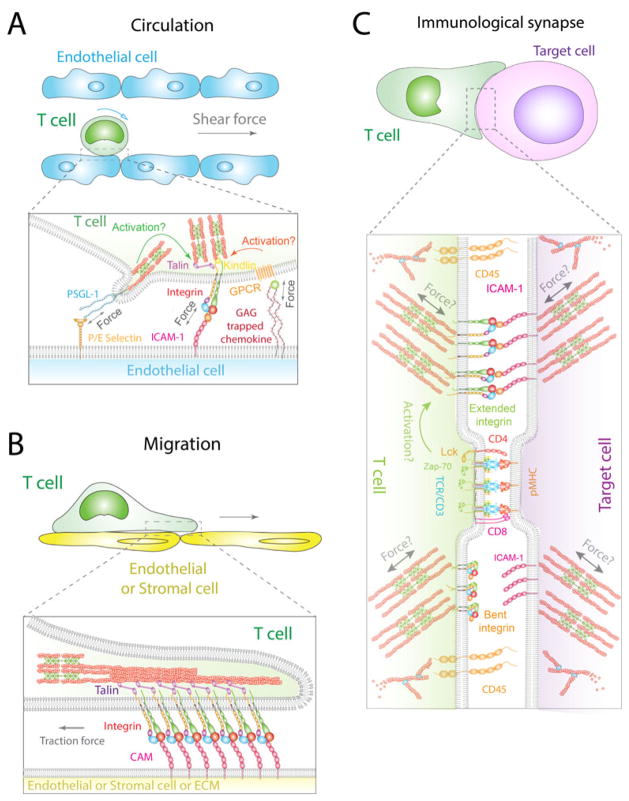Fig. 3. Effects of force-regulated conformational change of integrins on their ligand dissociation.
(A) LFA-1 and ICAM-1 form catch-slip bond (blue) under force but pure slip bond (red) when the internal ligation between the αA and βA domains is blocked. (B-C) Biophysical model for LFA-1–ICAM-1 catch bond based on force-induced transition among three states. Force can switch LFA-1 from a short-lived (red dashed line) to intermediate-lived (blue dotted-dashed line) and long-lived (green solid line) states. Each state follows the Bell-model, i.e. its lifetime exponentially decreases with force. Fractions of the states also change with force (C). (D) Effect of initial conformations of LFA-1 on ligand dissociation under force. Initially extended LFA-1 forms a more pronounced catch bond with ICAM-1 than initially bent LFA-1 in the absence of subsequent bending or unbending. Catch-slip bonds curves for initially bent, extended LFA-1 and mixture of these two conformers without subsequent ectodomain unbending and bending during lifetime measurements are respectively indicated by green, purple and blue. (E and F) Effects of bending (E) and unbending (F) on LFA-1–ICAM-1 catch-slip bonds. (E) Force-dependent lifetime of extended LFA-1 without bending (solid purple curve) is compared to that with bending (dotted dash blue curve). (F) Force-dependent lifetime of bent LFA-1 without unbending (solid green curve) is compared to that with unbending (dashed pink curve). Bending of extended LFA-1 shortens LFA-1–ICAM-1 bond lifetimes at forces <20 pN (E), while unbending of bent LFA-1 prolongs LFA-1–ICAM-1 bond lifetimes (F).

